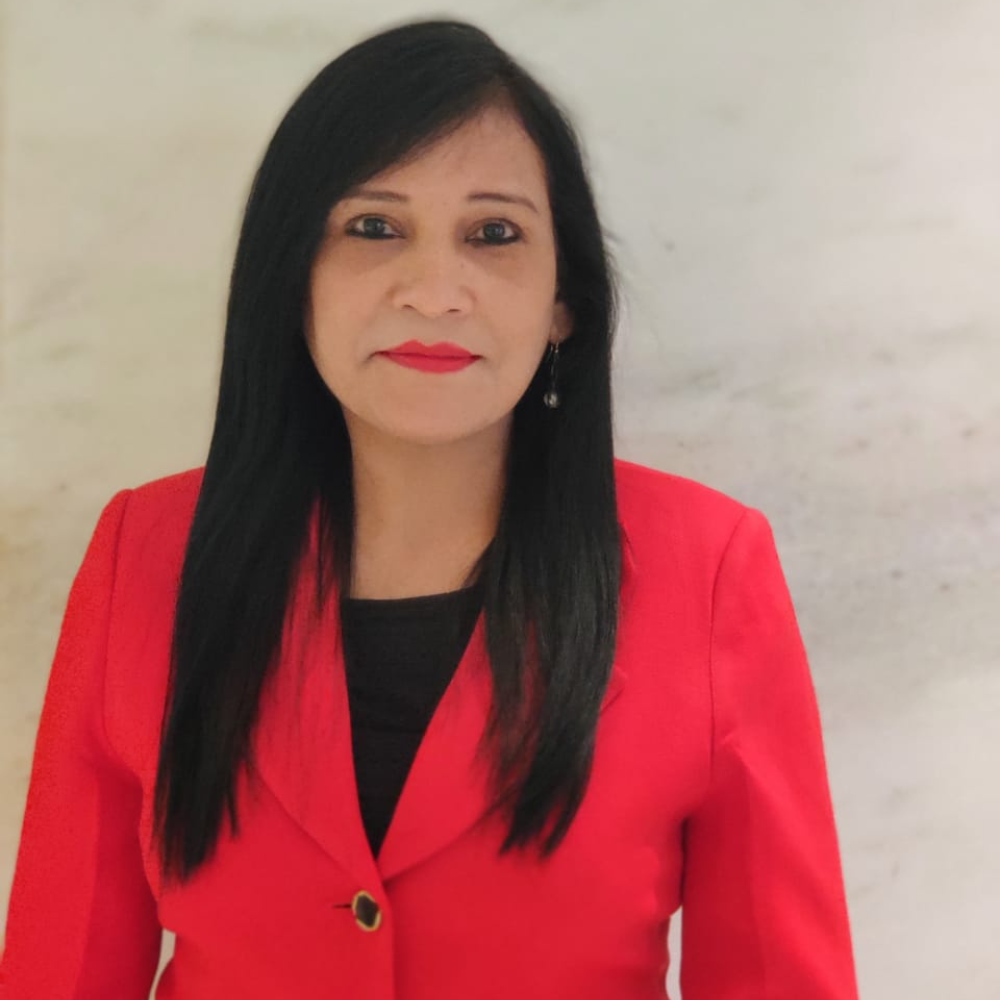Empowering lives through the power of words

In 1967, UNESCO declared 8 September as International Literacy Day (ILD) every year. This day serves as a reminder that the ability to read and write is not just a personal skill but a human right and a catalyst for human progress; that literacy is the foundation for education, empowerment, and equality.
Despite remarkable advances, in 2025, nearly 763 million adults worldwide still lack basic literacy skills, two-thirds of them women. For children, the global education crisis is even more stark: millions are in school but cannot read a simple sentence by the age of 10.
International Literacy Day is not merely ceremonial. It demands that citizens, communities, and governments, along with the active participation of NGOs, treat literacy as central to the fight against poverty, inequality, and exclusion.
The 2025 Theme: Literacy for a Sustainable Future
For 2025, the ILD theme is “Literacy for a Sustainable Future: Building Climate Resilience and Digital Inclusion.”
This theme recognizes two intertwined realities:
Digital Divide & Literacy – In an era where information is increasingly online, digital literacy has become as vital as traditional writing and reading.
Climate Change & Literacy – Communities vulnerable to climate disasters often lack access to education and literacy, leaving them unable to access life-saving information. Literacy enables people to understand early warnings, adapt livelihoods, and advocate for environmental justice.
Thus, literacy today is no longer just about reading printed words—it is about navigating complex digital and ecological landscapes, ensuring that everyone is included in sustainable development.
India’s Literacy Journey: Progress and gaps India has made giant strides in literacy since its independence in 1947, when only 12% of the population could read and write. Today, India’s literacy rate stands at around 77.7% (Census 2022 estimates)—a dramatic improvement but still below the global average of 86%.
Key achievements
Sarva Shiksha Abhiyan (SSA) and the Right to Education Act (2009) made free and compulsory education a fundamental right for children aged 6 to 14.
Literacy programs like National Literacy Mission and Saakshar Bharat targeted adult illiteracy, especially among rural women. Innovative state-level campaigns—such as Kerala’s Total Literacy Movement (1991) and Bihar’s Mission Saksharata—proved that mass mobilization works.
The persistent gaps
Gender Divide: Male literacy (84.7%) still outpaces female literacy (70.3%). This gap is sharper in rural areas. Regional Inequality: States like Kerala (96.2%) boast near-universal literacy, whereas Bihar, Jharkhand, and Uttar Pradesh lag.
Quality of Literacy: Enrolment is high, but over 50% of rural Class V students are unable to read a Class II text. This reflects a lack of meaningful literacy.
Literacy and women’s empowerment
One of the most transformative impacts of literacy is on women and girls. A literate woman is far more likely to ensure her children go to school, have better nutrition, and escape intergenerational poverty. UNESCO data shows that child marriage rates are reduced by 5–6% by each additional year of schooling for girls.
India offers powerful examples:
Self-Help Groups (SHGs) across states like Andhra Pradesh and Tamil Nadu integrate literacy with economic empowerment. Women learn to read, calculate savings, and run small enterprises.
NGOs like Pratham and Room to Read have brought millions of girls into literacy programs, demonstrating that even late interventions can be effective.
Yet, barriers persist—cultural attitudes, early marriage, and domestic responsibilities often rob girls of their right to education. On International Literacy Day, India must recommit to closing the gender literacy gap as a step toward gender equality.
During the COVID-19 pandemic, millions of children fell behind because they lacked access to online learning. Teachers, too, struggled with digital tools. This highlighted the urgency of bridging the digital divide alongside traditional literacy.
Encouragingly, India’s Digital India initiative, affordable data, and widespread smartphone penetration are creating new opportunities: from women entrepreneurs selling on WhatsApp to rural farmers learning weather updates on apps.
Literacy and the Economy
Literacy is not just a social good—it is an economic multiplier. Studies show that countries with higher literacy rates enjoy higher GDP growth, more equitable wealth distribution, and greater innovation.
Improving literacy has direct economic payoffs for India:
Skilled Workforce: As India aspires to be a global manufacturing hub and AI leader, a literate workforce is essential. Rural Transformation: Farmers with functional literacy can access agricultural advisories, credit, and other government schemes. Entrepreneurship: Literacy helps women-led enterprises and small businesses to expand beyond local markets.
Every illiterate adult represents not only a personal loss but also a missed opportunity for national development.
Challenges ahead
Universal literacy by 2030 (a Sustainable Development Goal) faces several challenges:
Dropout Rates: Many children are forced into work before completing their schooling due to economic pressures. Teacher Shortages: Many government schools in rural and tribal belts lack trained teachers.
Language Barriers: India’s linguistic diversity complicates uniform literacy instruction.
Technology Divide: Access to devices and the internet remains unequal across geography and class.
Adult Illiteracy: Millions of adults, particularly women above 35, remain outside the education system.
Multi-pronged strategies and grassroots mobilization are required to overcome these hurdles and achieve 100% literacy.
International Literacy Day in Practice
Each year, workshops, reading festivals, and policy dialogues worldwide mark International Literacy Day. In India, schools and NGOs organize reading marathons, essay competitions, and adult literacy camps.
This year, with the theme of sustainability and digital inclusion, expect campaigns around:
Green libraries and climate education modules that train villagers in disaster preparedness through simple reading materials.
Digital literacy drives in rural schools.
Such grassroots observances remind us that literacy is not just about statistics but about human dignity.
The Way Forward: Literacy as Nation-Building
India must reimagine literacy as a nation-building initiative.
A few key steps are:
Invest in Early Childhood Literacy – ensure every child learns to read by age 7.
Bridging Gender Gaps – targeted scholarships and mentorship for girls.
Integrating Digital Skills – Making Coding, Internet Safety, and Digital Navigation Part of Basic Curricula.
Community Ownership – Mobilizing Parents, Alumni, and Volunteers for Literacy Missions.
Adult Literacy Campaigns – Designing Flexible Evening Classes and Mobile-Based Lessons for Working Adults.
The goal should be to treat literacy not just as an educational statistic but as a lifeline of democracy, empowerment, and sustainable growth.
Conclusion: Words that change the world
Literacy is the ability to dream, to question, to think. It enables individuals to tell their own stories, understand a medical prescription, or cast a vote. For nations, it is the foundation of democracy and development.
As we observe International Literacy Day 2025, let us remember that literacy is not a charity, but a fundamental right to justice. It is not optional, but essential. And in ensuring that every child, woman, and man can read and write, we are not just building better individuals—we are building a more humane, resilient, and equitable world.
Disclaimer
Views expressed above are the author’s own.
END OF ARTICLE



